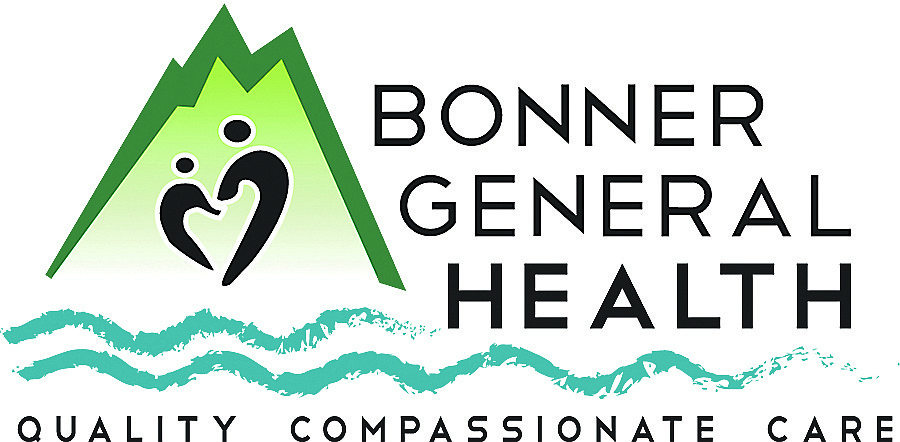HFMD common in children but rarely serious
Close to the top of common children’s diseases is hand, foot, and mouth disease. Don’t confuse this with hand and mouth disease (aka hoof and mouth disease) that affects farm animals. They are caused by totally different viruses and are not transmitted between species.
HFMD is a common infection that causes sores (ulcers) inside or around a child’s mouth and a rash or blisters on his or her hands, feet, legs, or buttocks. It’s often painful, but it isn’t serious. Pediatricians, child care centers, and preschools see more cases in the summer and early fall, but there isn’t a definitive reason why. And, important to know, HFMD is extremely contagious.
“Most parents want to know what exactly hand, foot, and mouth disease is, how to help their child cope with the discomfort it causes, and most of all when their child can go back to child care or school,” Healthychildren.org says.
The Centers for Disease Control and Prevention says that hand, foot, and mouth disease is caused by viruses belonging to the enterovirus family, most commonly the coxsackievirus A16. Coxsackievirus A6 can also cause HFMD and, if so, the symptoms may be more severe. Enterovirus 71 has been known to cause HFMD in East and Southeast Asia and, although rare, is associated with more severe diseases such as encephalitis.
HFMD most often affects children under age five, but older children and adults can also be infected. As I said, it’s highly contagious particularly during the first week of illness. “Children with hand, foot, and mouth disease may shed the virus from the respiratory tract (nose, mouth and lungs) for one to three weeks and in the stool for weeks to months after infection starts,” Healthychildren says.
The incubation period is between three and six days before an exposed child will display symptoms. HFMD usually starts with a fever, sore throat and runny nose and is often thought to just be a common cold until the mouth sores and rash with tiny blisters show up.
“Symptoms are the worst in the first few days but are usually completely gone within a week,” Healthychildren says. “Peeling of the fingers and toes after one to two weeks can happen, but it is harmless.”
As typical with virus infections, there is no cure. It basically needs to run its course. The child may be given medications to ease the fever and pain such as acetaminophen or ibuprofen. You know better than to give a child aspirin, don’t you? Call your pediatrician if your child’s fever lasts more than three days or if he or she stops taking fluids. The one particularly serious side-effect of HFMD is dehydration.
The virus is usually spread by person-to-person contact in two ways. The first one takes the respiratory route. “Contact with large droplets that form when a child talks, coughs, or sneezes can land on or be rubbed into the eyes, nose or mouth,” Healthychildren explains. The second is the fecal-oral route which occurs when a person comes in contact with the stool of an infected child.
“This generally involves a sick child dirtying his own fingers and then touching an object that another child touches. The child who touched the contaminated surface then puts her fingers into her own mouth,” Healthychildren says. I say ick.
So, what’s a parent to do? Teach your children to cover their mouths and noses when sneezing or coughing. Teach them to wash their hands after coming in contact with mucus and after they use the toilet. Wash your hands after changing a diaper. Clean, rinse, and sanitize toys that may have come in contact with your child’s saliva, and disinfect surfaces the child touches. Don’t share food, drinks, eating utensils, toothbrushes, or towels.
Kissing and hugging can spread the infection quickly. If your children share a room, separate them while the sick child is contagious. Keep the child home as long as he or she has a fever and open blisters or until your teacher, care provider or pediatrician says it’s safe for him to be around other children.
Even though your child has had hand, foot, and mouth disease, he or she can get it again, so being diligent in prevention is essential.
Kathy Hubbard is a member of the Bonner General Health Foundation Advisory Council. She can be reached at kathyleehubbard@yahoo.com.



